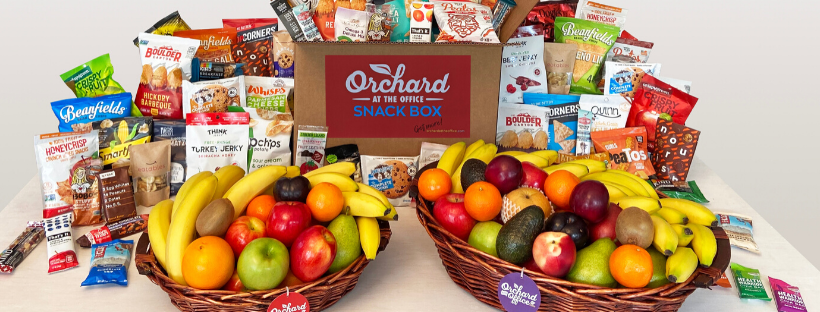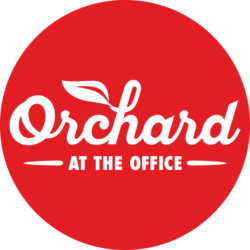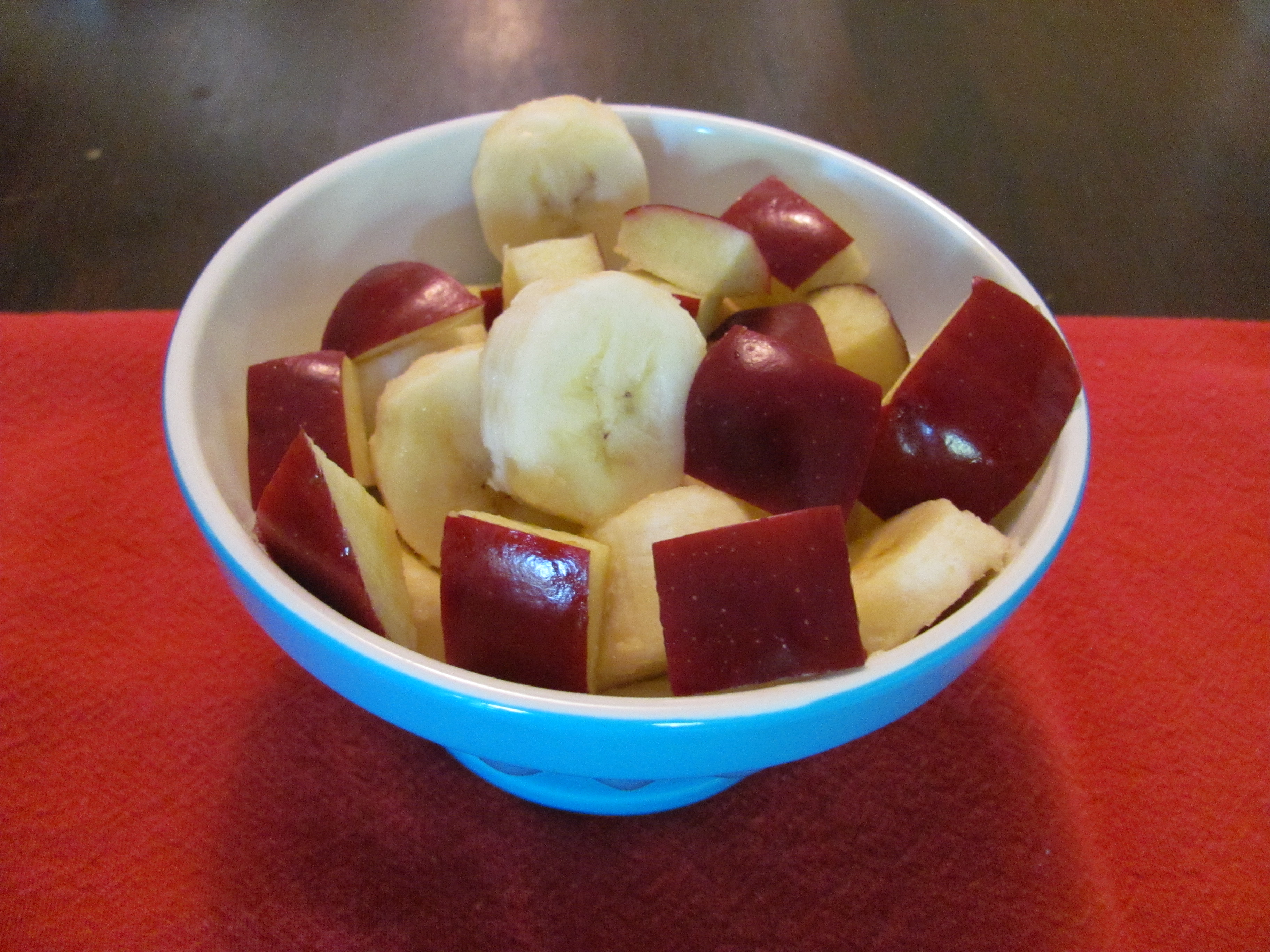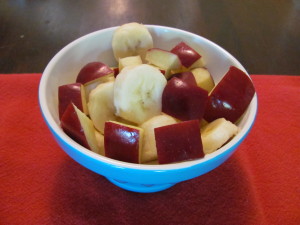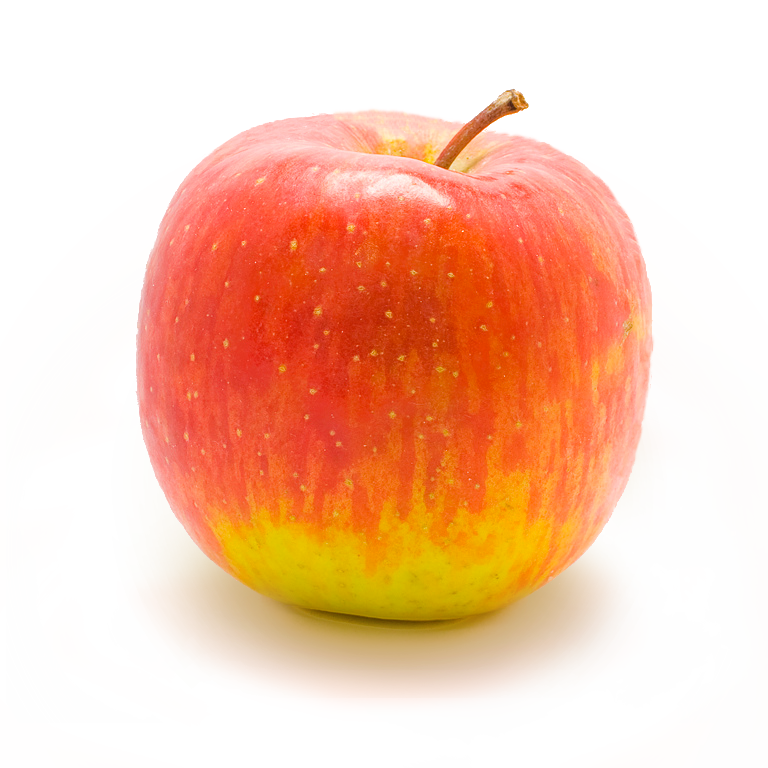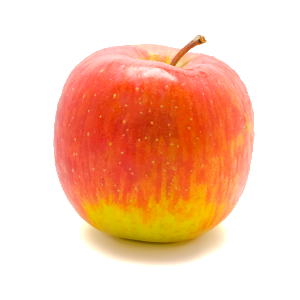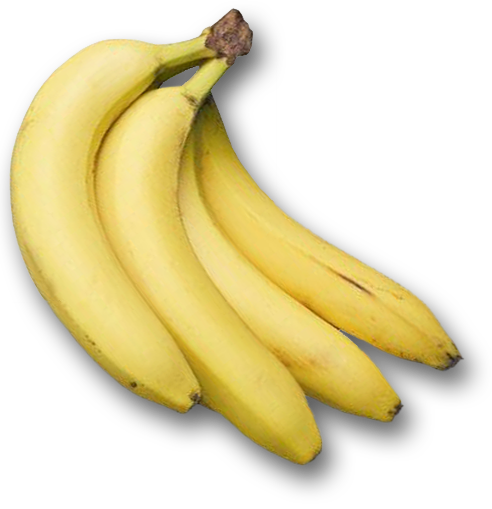Simple intuition tells us that when it comes to office snacks, fresh fruit is a healthy alternative to the denizens of the vending machine. But how much difference does it really make? The answer is: quite a lot more than you’d expect!
Let’s examine the difference between some of the fruits you’ll find in your basket from ORCHARD At The OFFICE, and some of the candies you’ll find in your vending machine.
Bananas vs. Candy Bars
Here, we’re examining the difference between one medium-sized banana and one regular-sized candy bar. Here’s a side-by-side comparison (banana information first):
Calories: 105 vs. 271
Saturated Fat: 1% U.S. Recommended Daily Allowance (RDA) vs. 26% RDA
Sodium: 1 mg vs. 140 mg
Potassium: 12% RDA vs. 5% RDA
Vitamin C: 17% RDA vs. 0% RDA
Apples vs. Potato Chips
One medium apple is compared to a snack-sized bag of potato chips:
Calories: 95 vs. 150
Saturated Fat: 0% RDA vs. 16% RDA
Sodium: 2 mg vs. 7 mg
Potassium: 6% RDA vs. 9% RDA
Vitamin C: 14% RDA vs. 10% RDA
Oranges vs. Cookies
This is the nutritional data from one medium-sized orange compared to a snack package of cookies:
Calories: 62 vs. 270
Saturated Fat: 0% RDA vs. 12% RDA
Sodium: 0 mg vs. 370 mg
Potassium: 7% RDA vs. 1% RDA
Vitamin C: 116% RDA vs. 0% RDA
When you see the numbers right next to each other, the healthy choice becomes clear. The good news is that eating fruit becomes habit-forming! Soon you won’t even miss that candy bar, the bag of chips, or the cookies. You’ll be craving the fresh fruit provided by ORCHARD At The OFFICE – and you’ll feel better for it!
